About Gray Slender Loris
The gray slender loris (Loris lydekkerianus) belongs to the Loridae family of primates. This species is native to India and Sri Lanka, thriving in subtropical and tropical dry forests as well as moist lowland forests. However, habitat loss poses a significant threat to its survival.
Taxonomy of Gray Slender Loris
The gray slender loris is part of the Lorisidae family, which includes both red and gray loris species. Spanish biologist Ángel Cabrera first described the Mysore slender loris (Loris tardigradus lydekkerianus) in 1908, in Chennai, India, naming it in honor of English naturalist Richard Lydekker. In 1953, William Charles Osman Hill expanded on the taxonomy in his work, Primates: Comparative Anatomy and Taxonomy.
Key taxonomic details:
- Two species: Loris lydekkerianus (gray slender loris) and Loris tardigradus (red slender loris).
- Four subspecies of Loris lydekkerianus based on geography:
- Malabar slender loris (L. l. malabaricus) – India.
- Mysore slender loris (L. l. lydekkerianus) – India.
- Northern Ceylonese slender loris (L. l. nordicus) – Sri Lanka.
- Highland slender loris (L. l. grandis) – Sri Lanka.
Physical Description of Gray Slender Loris
Gray slender lorises are characterized by their gracile limbs, keen nocturnal vision, and distinctive facial markings. They have forward-facing eyes surrounded by darker fur, offering exceptional stereoscopic vision, and a white stripe running between their eyes.
Key physical traits:
- L. l. nordicus has white basal hairs.
- Size: Head-to-body length ranges from 18 to 26 cm (7.1 to 10.2 inches).
- Coloration: Varies from gray to reddish with white or buff-colored ventral fur. Some have a darker dorsal stripe running from head to tail.
- Special Adaptations: Their hands are designed for gripping branches, with adaptations in the first metatarsal for a strong grip.
- Subspecies Variations:
- L. l. grandis has a heart-shaped face and black basal hair.
- L. l. nordicus has white basal hairs.
Slender lorises are known for their incredibly gracile limbs and their ability to see in all directions at the same time. Loris lydekkerianus grandis, the Sri Lankan subspecies, has a heart-shaped face and small ears. The median stripe is a white band of hair that appears between the eyes.
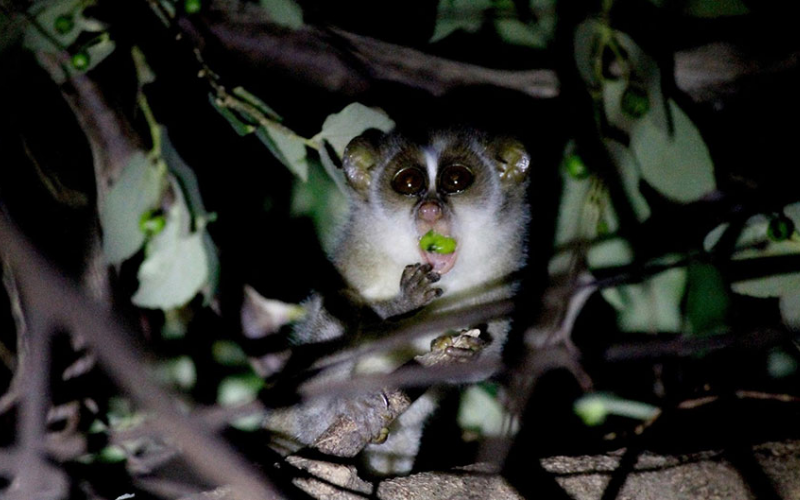
The behavior of Gray Slender Loris
The gray slender loris is one of the least understood primates despite numerous studies. They are nocturnal, emerging from their roosts at dusk. Their primary diet is insects, but they also consume fruit, flowers, and small animals such as mice and geckos.
Social and Foraging Behavior:
- Mostly solitary foragers; group foraging is rare.
- They may roost in groups of up to seven individuals, usually consisting of a female and her young.
- Communication involves vocalizations, urine marking, and optical signaling.
Territoriality and Interactions:
- Males often help care for infants in their roost.
- Males have wider home ranges than females.
- Males are more aggressive toward unfamiliar males but interact amicably with females or familiar males.
Gray slender loris’s behavior is among the least understood of all the primates studied. Adult males and females have their own home ranges, and sleeping group relationships are often made up of a female and her young. During the day, lorises sleep in groups and communicate with one another throughout the night
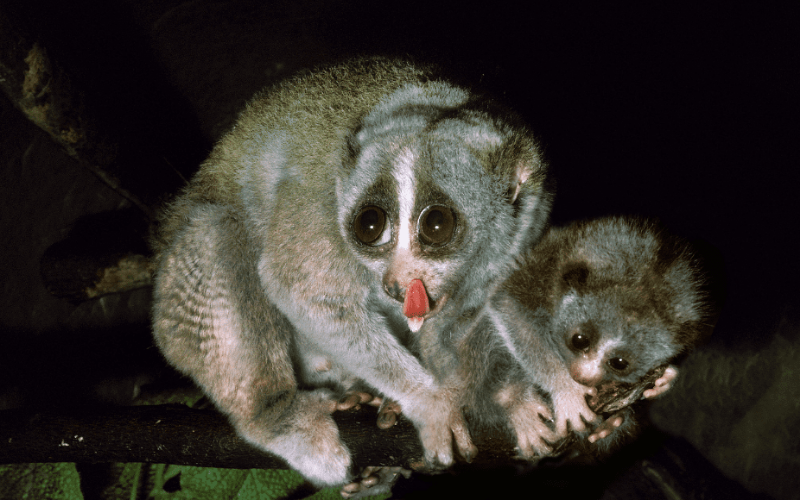
Reproduction of Gray Slender Loris
Gray slender lorises are promiscuous, with multiple males competing for a single female during the mating season.
Reproductive Details:
- Mating occurs twice a year: April-June and October-December.
- Females can only reproduce once annually due to the failure of one estrus cycle.
- Gestation lasts approximately 170 days, often resulting in twins.
- Females are non-receptive to males after giving birth and are solely responsible for rearing the young.
- The reproductive rate is among the lowest for primates weighing under 500 grams.
The slender loris has one of the lowest reproductive rates of any primate weighing less than 500 grams. Mating takes place twice a year, in April and June, and in October and December. Lorises have a high incidence of having twins as they can only reproduce once a year.
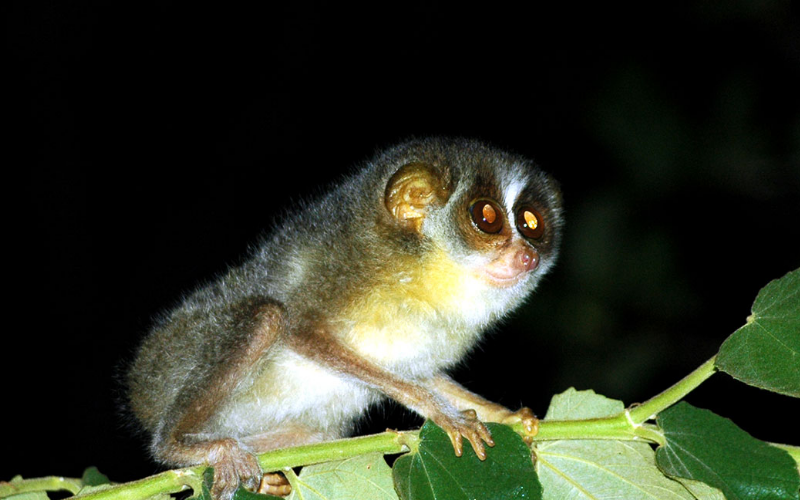
Geographic Range and Habitat
Gray slender lorises inhabit southern India and Sri Lanka, thriving in primary and secondary rainforests, semi-deciduous forests, and montane cloud forests up to 2,000 meters (6,600 feet) above sea level.
Geographic Distribution:
- India: Found in tropical dry forests of the Eastern Ghats and the wet forests of the Western Ghats, at elevations of 300 to 1,200 meters (980–3,900 feet).
- Sri Lanka: Found across the island, with subspecies geographically separated.
Preferred habitats include areas near agricultural fields with Euphorbia scrub woods, acacia trees, and tamarind-dominated landscapes.
The gray slender loris may be found in southern India and Sri Lanka. It can be found between the Tapti and Godavari Rivers, and all the way down to the southern coast of the subcontinent. Geographical separation exists between the subspecies. It can be found in south-western India, roughly between the Tapti and Godavari Rivers, and all the way down to the southern coast of the subcontinent.
Conservation and Threats
The gray slender loris faces threats from habitat destruction, hunting, and human encroachment. Conservation efforts are essential to protect this species and its habitat.
Key Conservation Actions:
- Establishing protected areas.
- Promoting responsible and sustainable tourism.
- Implementing sustainable development practices to minimize habitat loss.
Conclusion
The Gray Slender Loris is a unique and ecologically significant primate species native to Sri Lanka and southern India. Despite its fascinating traits and behaviors, the species is under threat due to human activities. Conservation initiatives, coupled with responsible tourism, are crucial to ensuring the survival of these primates. By supporting such efforts, we can help future generations appreciate the beauty and importance of the Gray Slender Loris.
Best Tours in Sri Lanka
Discover the best tours in Sri Lanka, where every journey unveils a new wonder. Explore ancient ruins, lush tea plantations, golden beaches, and vibrant wildlife. Experience the magic of this tropical paradise like never before!
Best Hotels
Experience luxury and comfort at the best hotels in Sri Lanka. From serene beachfront resorts to charming hill-country retreats, enjoy world-class hospitality, stunning views, and unforgettable stays tailored to your every need.🛌
Flight Booking
Looking to take off on your next adventure? Book your flights with ease and confidence! Whether it’s a dream vacation, a quick getaway, or a business trip, our flight booking service offers unbeatable deals, flexible options, and seamless convenience. Compare airlines, find the best routes, and secure your tickets in just a few clicks. With 24/7 customer support and exclusive discounts, the skies have never been friendlier. Start your journey today and make every mile memorable! ✈️



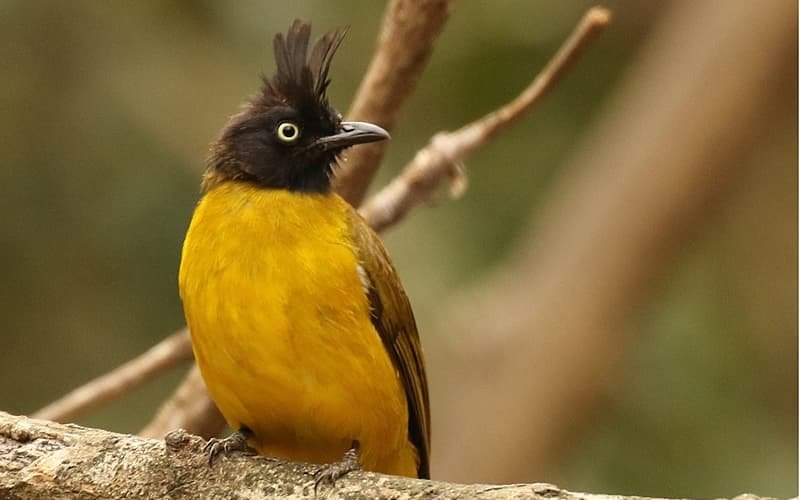
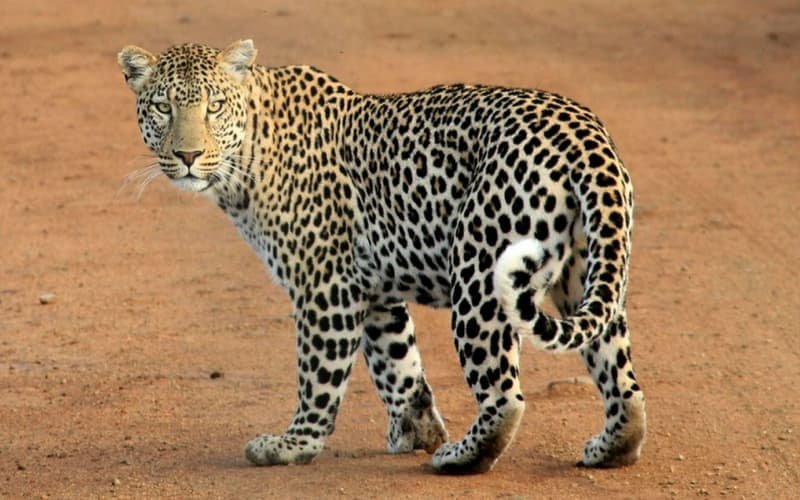
Thanks for sharing. I read many of your blog posts, cool, your blog is very good.
Thanks for sharing. I read many of your blog posts, cool, your blog is very good.